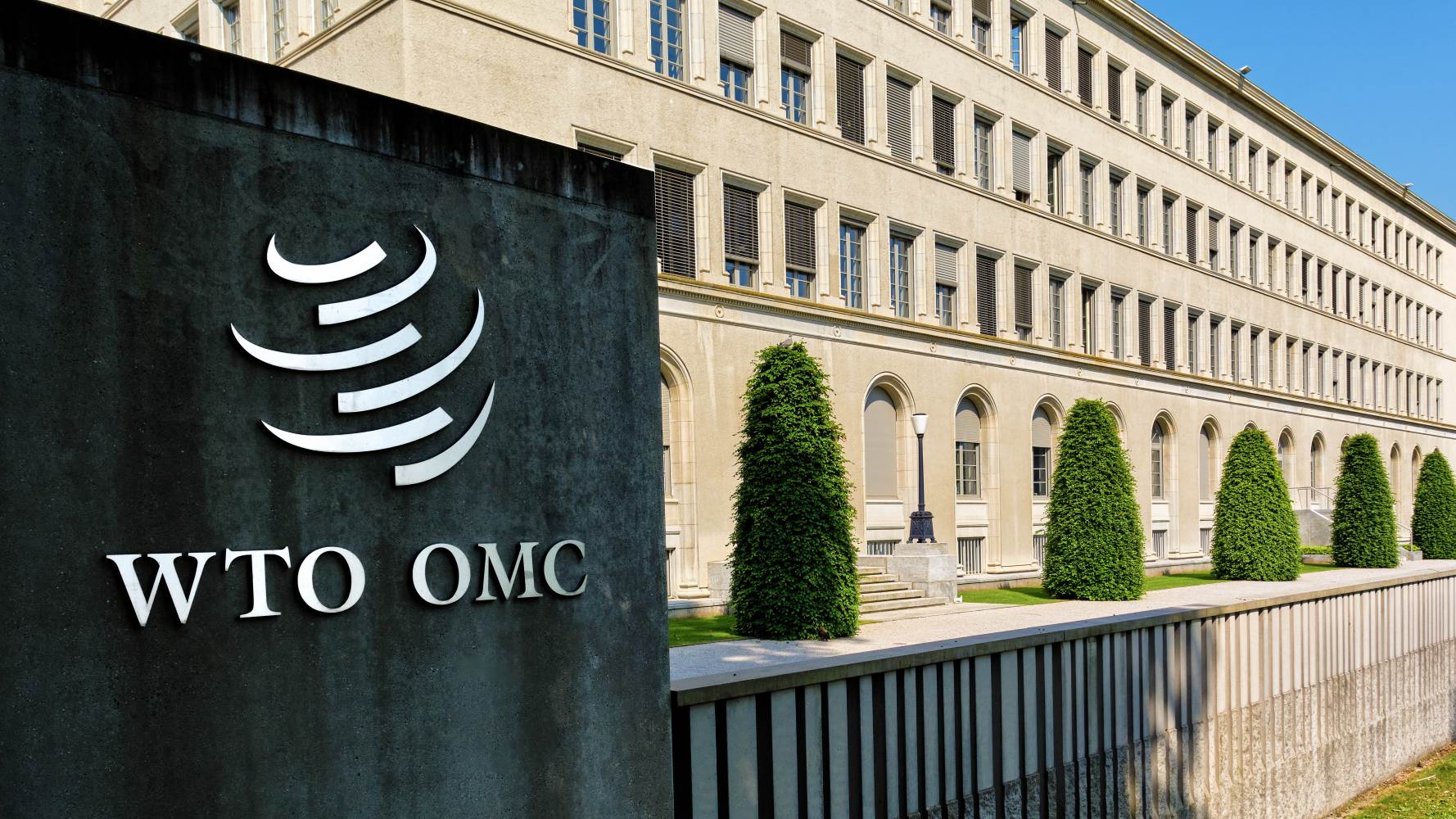he Bretton Woods institutions have suffered from a lack of credibility. This loss of credibility stems from poor implementation. A clear example of this challenge is the current state of the World Trade Organization (WTO). The WTO has been sharply criticized for failing to resolve trade disputes, lacking effective enforcement mechanisms, and being sidelined by major state actors, including the United States and China. Ironically, the United States—the country that helped establish the WTO—is now one of the main contributors to its decline. Over the past few decades, American global leadership has completely shifted its position on the WTO, moving from advocating for China’s accession to now largely ignoring the institution while unilaterally imposing global tariffs. This shift has reignited discussions on WTO reform.
Reforming the WTO must address its lack of enforcement mechanisms. The current trade dispute system is broken. It needs to strengthen its negotiation procedures on critical issues involving industrial, digital, climate, and agricultural policy. In doing so, the WTO must ensure greater legitimacy for its top court—the Appellate Body—and invest in new methods to improve transparency and monitoring of trade activities and disputes.
Adapting to the AI revolution is another approach to consider in WTO reform. The organization should develop new global trade standards that align with the rapid development of artificial intelligence. These standards should focus on the responsible use of AI technologies and on creating a more equitable trading system between developed and developing countries. Such an approach would be an important step toward modernizing the institution.
The WTO also needs stronger support from other international institutions. Building coalitions with other organizations would help restore its political legitimacy. Powerful institutions such as the United Nations should demonstrate greater support for the WTO. The UN Security Council, for example, could pass resolutions addressing trade wars and recommending the use of the WTO’s mechanisms. Similarly, key alliances like the G7, G20, and BRICS should actively promote the need for WTO reform.
The worst-case scenario would be to completely dismantle the WTO. The international community might then replace it with a modern multilateral organization. Some have argued for excluding the United States and China, but doing so would be too risky and would create fragmentation in the global trading system, impeding the creation of universal trade standards. If a new organization were to be established, it should encourage both superpowers to join and accept new membership terms.


a global affairs media network
Addressing the WTO’s loss of credibility

Image via Adobe Stock.
October 14, 2025
The Bretton Woods institutions are suffering a lack of credibility, stemming from poor implementation. The WTO offers a case study of what is missing, and what can be done to address the underlying issues, writes Asha Castleberry–Hernandez.
T
he Bretton Woods institutions have suffered from a lack of credibility. This loss of credibility stems from poor implementation. A clear example of this challenge is the current state of the World Trade Organization (WTO). The WTO has been sharply criticized for failing to resolve trade disputes, lacking effective enforcement mechanisms, and being sidelined by major state actors, including the United States and China. Ironically, the United States—the country that helped establish the WTO—is now one of the main contributors to its decline. Over the past few decades, American global leadership has completely shifted its position on the WTO, moving from advocating for China’s accession to now largely ignoring the institution while unilaterally imposing global tariffs. This shift has reignited discussions on WTO reform.
Reforming the WTO must address its lack of enforcement mechanisms. The current trade dispute system is broken. It needs to strengthen its negotiation procedures on critical issues involving industrial, digital, climate, and agricultural policy. In doing so, the WTO must ensure greater legitimacy for its top court—the Appellate Body—and invest in new methods to improve transparency and monitoring of trade activities and disputes.
Adapting to the AI revolution is another approach to consider in WTO reform. The organization should develop new global trade standards that align with the rapid development of artificial intelligence. These standards should focus on the responsible use of AI technologies and on creating a more equitable trading system between developed and developing countries. Such an approach would be an important step toward modernizing the institution.
The WTO also needs stronger support from other international institutions. Building coalitions with other organizations would help restore its political legitimacy. Powerful institutions such as the United Nations should demonstrate greater support for the WTO. The UN Security Council, for example, could pass resolutions addressing trade wars and recommending the use of the WTO’s mechanisms. Similarly, key alliances like the G7, G20, and BRICS should actively promote the need for WTO reform.
The worst-case scenario would be to completely dismantle the WTO. The international community might then replace it with a modern multilateral organization. Some have argued for excluding the United States and China, but doing so would be too risky and would create fragmentation in the global trading system, impeding the creation of universal trade standards. If a new organization were to be established, it should encourage both superpowers to join and accept new membership terms.


